#sensors
-
 July 1, 2025June 2025: The FBK projects making headlinesFrom microelectronics to railway and IT security, persuasive AI, and agritech: the FBK initiatives that stood out in June.
July 1, 2025June 2025: The FBK projects making headlinesFrom microelectronics to railway and IT security, persuasive AI, and agritech: the FBK initiatives that stood out in June. -
 March 31, 2025Mining safety ensured with SEC4TDFBK, a partner in the European SEC4TD project, contributed to the development of IoT-based GNSS sensors and predictive analytics for monitoring and risk management in mine tailings storage dams.
March 31, 2025Mining safety ensured with SEC4TDFBK, a partner in the European SEC4TD project, contributed to the development of IoT-based GNSS sensors and predictive analytics for monitoring and risk management in mine tailings storage dams. -
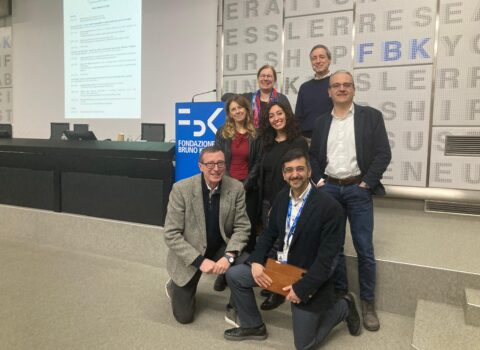 March 10, 2025AI & Energy: Challenges and Opportunities for a Sustainable FutureA workshop organized by Fondazione Bruno Kessler to reflect on the intersection of artificial intelligence and energy transition.
March 10, 2025AI & Energy: Challenges and Opportunities for a Sustainable FutureA workshop organized by Fondazione Bruno Kessler to reflect on the intersection of artificial intelligence and energy transition. -
 March 7, 2025The redevelopment of the Santa Chiara Cultural Services Center in Trento to start: FBK main player with InCUBEFBK is leading a major European project in the building sector, aimed at ensuring innovative activities in terms of energy efficiency, integration of renewable sources and models/tools for digitization.
March 7, 2025The redevelopment of the Santa Chiara Cultural Services Center in Trento to start: FBK main player with InCUBEFBK is leading a major European project in the building sector, aimed at ensuring innovative activities in terms of energy efficiency, integration of renewable sources and models/tools for digitization. -
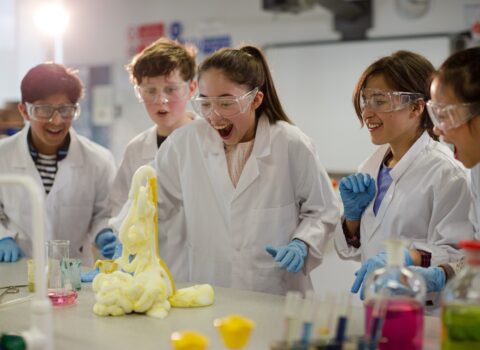 February 4, 2025SPARKLE project kicks off to bring students closer to STEM subjectsThe innovative program, dedicated to the discovery and exploration of the scientific method, will be coordinated by Trento based Fondazione Bruno Kessler
February 4, 2025SPARKLE project kicks off to bring students closer to STEM subjectsThe innovative program, dedicated to the discovery and exploration of the scientific method, will be coordinated by Trento based Fondazione Bruno Kessler -
 January 27, 2025AI for irrigation management in TrentinoIRRITRE: the project for the development of an integrated public local information system
January 27, 2025AI for irrigation management in TrentinoIRRITRE: the project for the development of an integrated public local information system -
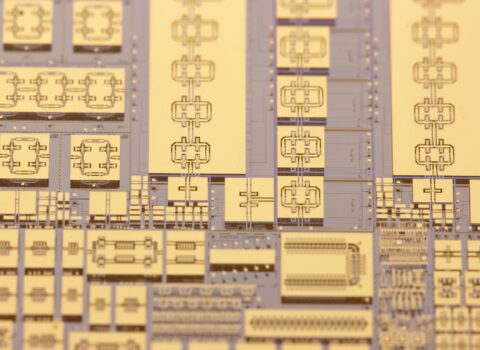 November 8, 2024AI at the Edge and Sensors: technological opportunities for sustainable Artificial IntelligenceA discussion among researchers and experts to explore challenges and opportunities of the integration between state-of-the-art microelectronic devices and AI algorithms.
November 8, 2024AI at the Edge and Sensors: technological opportunities for sustainable Artificial IntelligenceA discussion among researchers and experts to explore challenges and opportunities of the integration between state-of-the-art microelectronic devices and AI algorithms. -
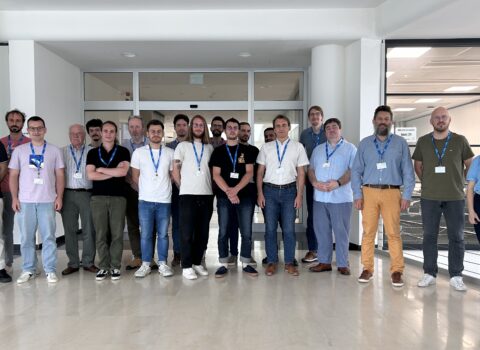 July 2, 2024The European MiSS project has kicked offCoordinated by FBK in Trento, Italy, it will aim to develop quantum devices beyond the state-of-the-art.
July 2, 2024The European MiSS project has kicked offCoordinated by FBK in Trento, Italy, it will aim to develop quantum devices beyond the state-of-the-art. -
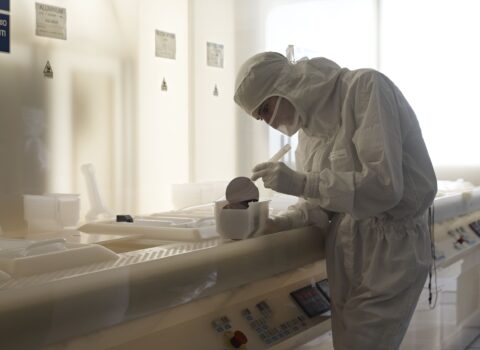 April 17, 2024Chips ACT: FBK among key players in Italian Pilot Line for advanced microchips15 million for silicon carbide research and new laboratories dedicated to semiconductors planned for FBK
April 17, 2024Chips ACT: FBK among key players in Italian Pilot Line for advanced microchips15 million for silicon carbide research and new laboratories dedicated to semiconductors planned for FBK -
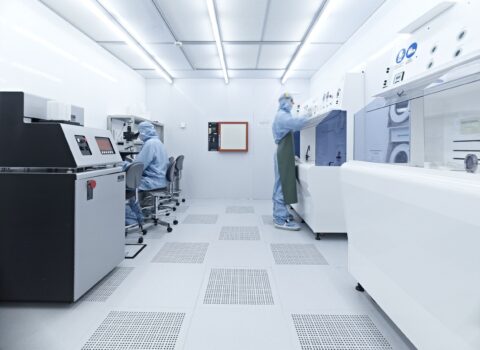 April 26, 2023Memorandum of understanding between Fondazione Bruno Kessler-Sensors and Devices Center and ELI-ERIC (european research infrastructure consortium)A Memorandum of Understanding for science and technology cooperation between the Extreme Light Infrastructure (ELI ERIC) and Fondazione Bruno Kessler was officially signed in February 2023.
April 26, 2023Memorandum of understanding between Fondazione Bruno Kessler-Sensors and Devices Center and ELI-ERIC (european research infrastructure consortium)A Memorandum of Understanding for science and technology cooperation between the Extreme Light Infrastructure (ELI ERIC) and Fondazione Bruno Kessler was officially signed in February 2023. -
 February 28, 2023Micro and Nanotechnologies as pillars of 6G and Future NetworksLooking at 2030 and ahead, future generations of telecommunications and distributed services will be demanding for miniaturized hardware components conceptually closer to software.
February 28, 2023Micro and Nanotechnologies as pillars of 6G and Future NetworksLooking at 2030 and ahead, future generations of telecommunications and distributed services will be demanding for miniaturized hardware components conceptually closer to software. -
 July 28, 2022A vision of future 6G from the point of view of Micro-Nano Hardware componentsWhat a potentially catastrophic failure in a passenger flight, back in 1982, has to do with future visions and prospects of 6G in 2030? This article will address the red wire linking these facts.
July 28, 2022A vision of future 6G from the point of view of Micro-Nano Hardware componentsWhat a potentially catastrophic failure in a passenger flight, back in 1982, has to do with future visions and prospects of 6G in 2030? This article will address the red wire linking these facts. -
 June 17, 2022Optics and photonics in TrentoFrontier research, technology applications, market trends, and societal spillovers addressed at Italian Icop2022 conference.
June 17, 2022Optics and photonics in TrentoFrontier research, technology applications, market trends, and societal spillovers addressed at Italian Icop2022 conference. -
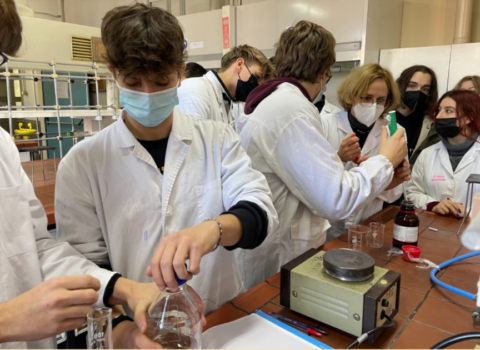 January 21, 2022Sensors to sniff the airFunded by the CARIT Foundation, the TernAria project, led by FBK, involves Arpa Umbria, Airi and ADI. Proposed topic: the cycle of innovation, from research to a product on the market. FBK to continue its partnership with the schools of Terni for another 3 years
January 21, 2022Sensors to sniff the airFunded by the CARIT Foundation, the TernAria project, led by FBK, involves Arpa Umbria, Airi and ADI. Proposed topic: the cycle of innovation, from research to a product on the market. FBK to continue its partnership with the schools of Terni for another 3 years